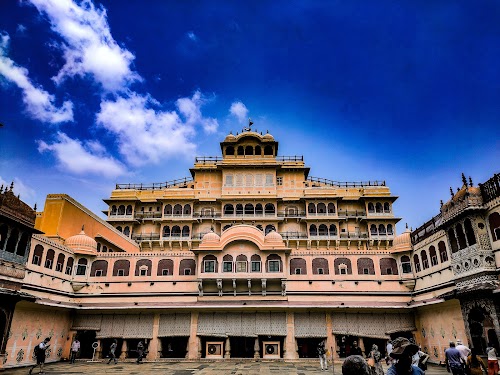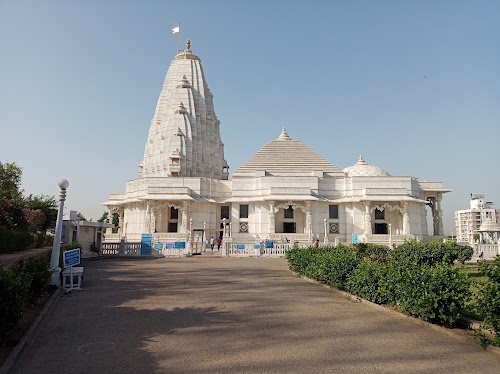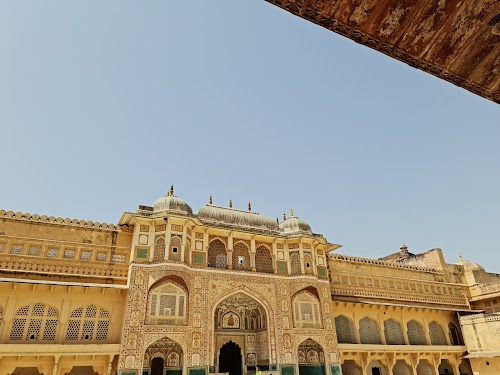Jantar Mantar
Jaipur, Rajasthan, India
Hey adventurers! Get ready to explore Jantar Mantar, a super cool observatory in Jaipur! Built by the awesome Maharaja Jai Singh II, this place, also known as Yantra Mandir, is like a giant playground of ancient astronomy. Imagine huge sundials and structures that tell time and track stars! It's a fascinating glimpse into India's scientific past and a must-see on your Rajasthan adventure.
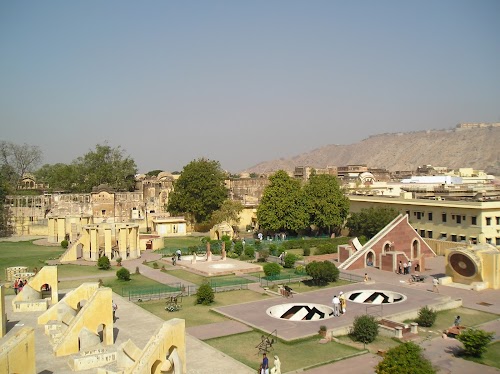
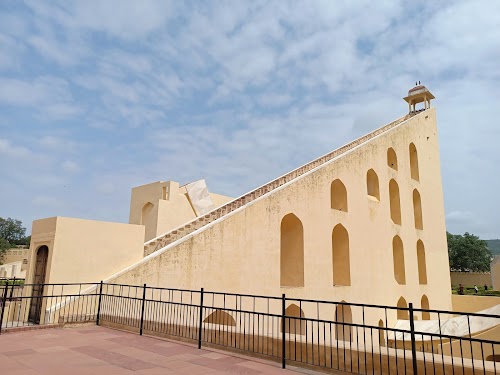
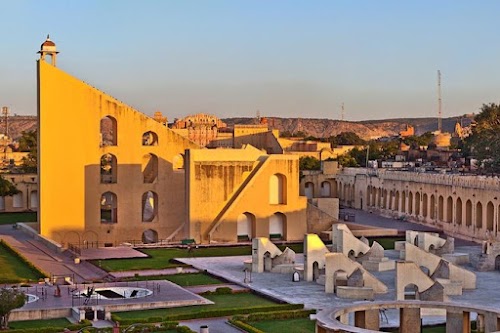
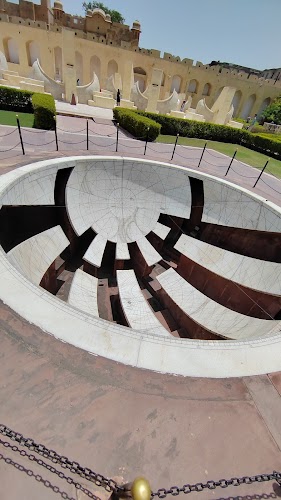
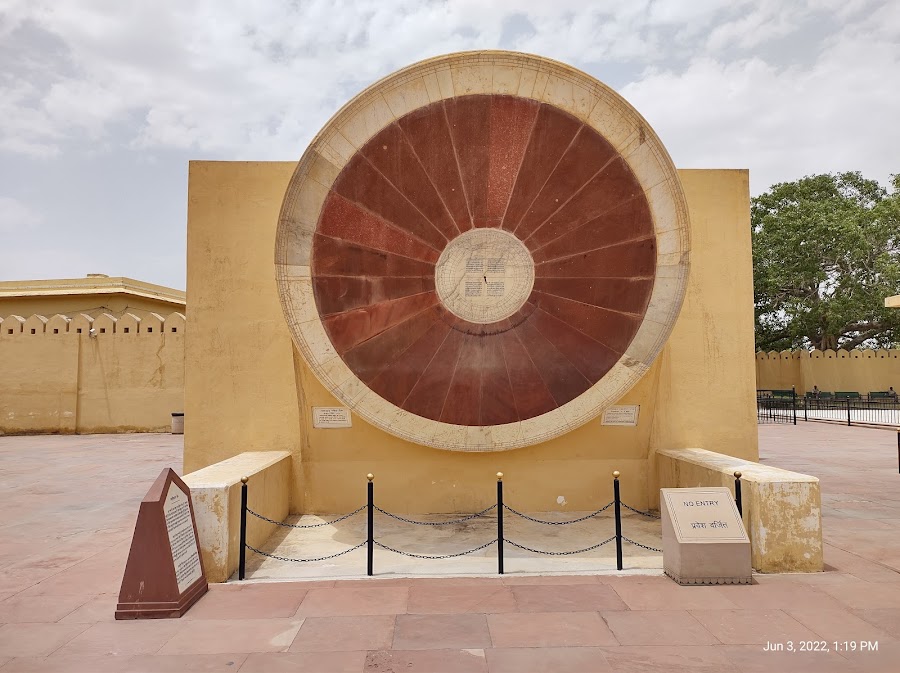
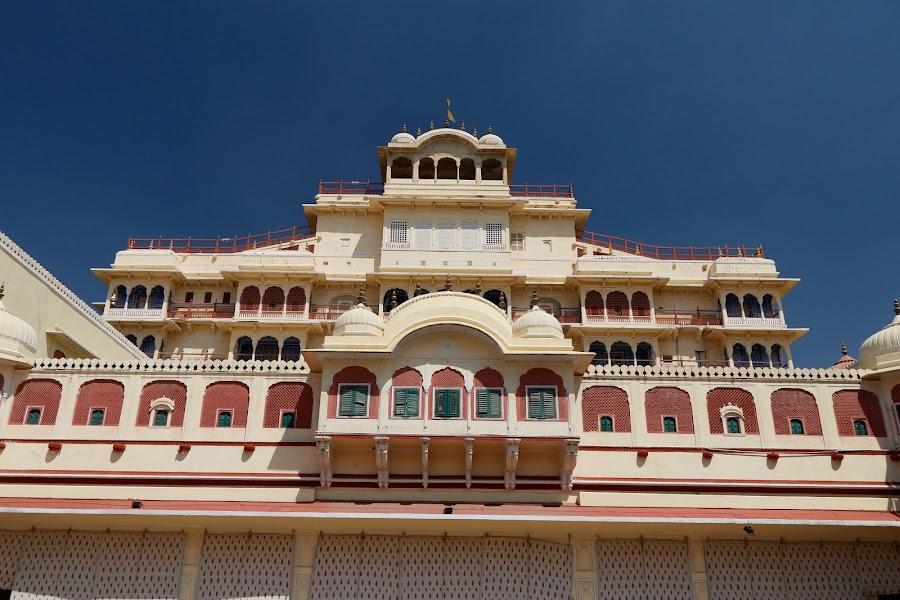
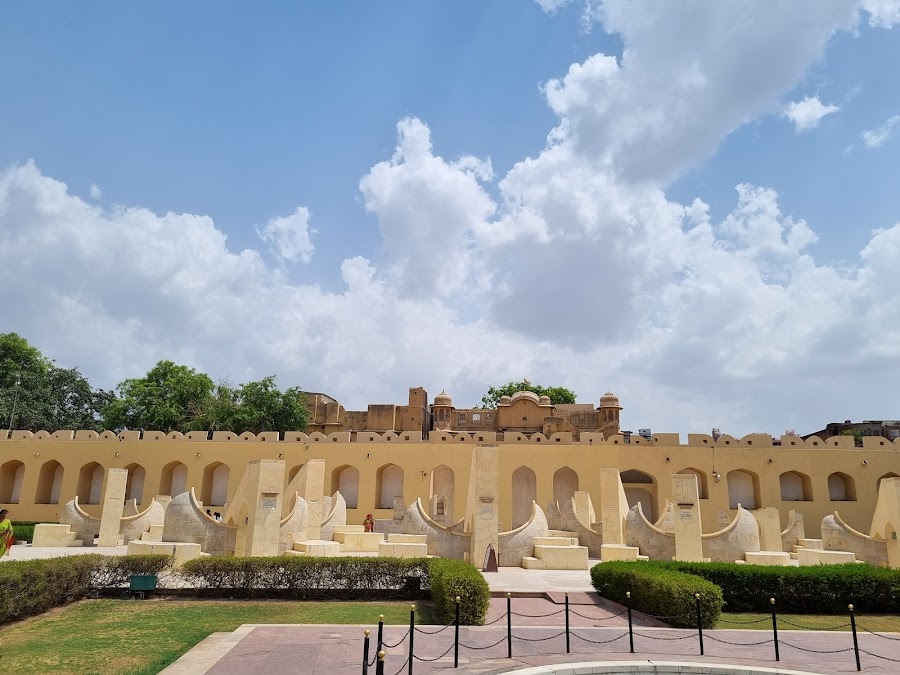
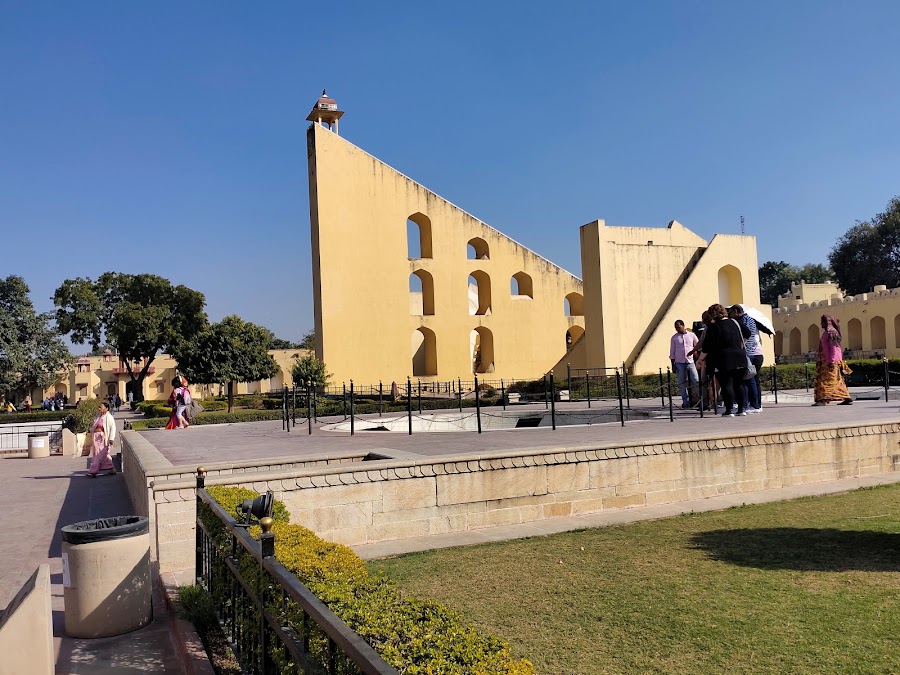
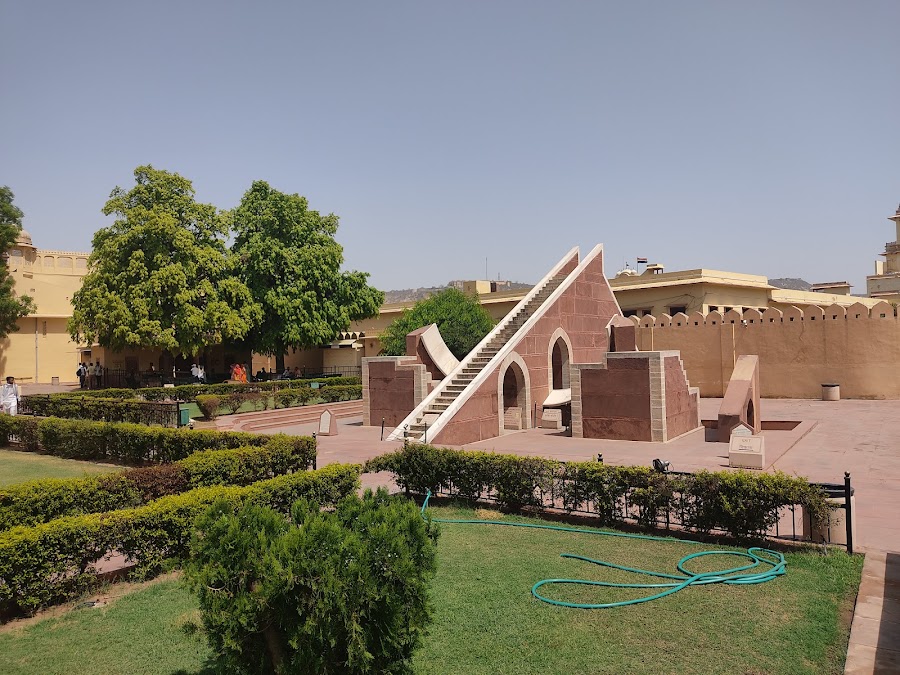
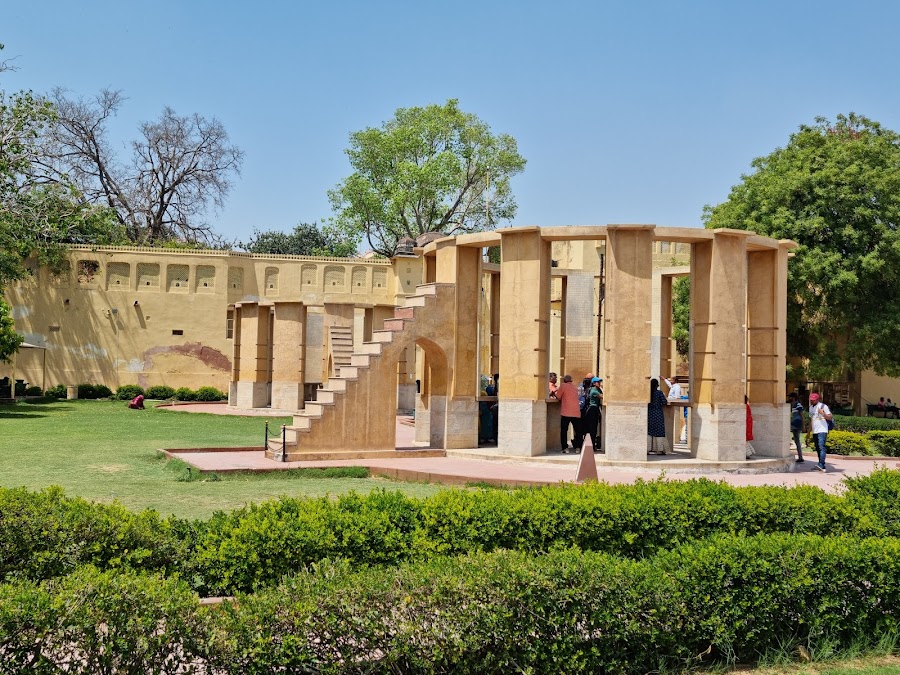
Interactive Map
Key Activities
Additional Places
Reviews
Map View
Top Activities in Jantar Mantar
- 1
Explore The Astronomical Instruments
- 2
Hire A Guide For Detailed Explanations
- 3
Learn About Ancient Indian Astronomy
- 4
Take Photos Of The Unique Structures
Detailed Information
Best Time to Visit
October-to-March
When to visit place on the day
All-Day
Approximate expense
₹500 per person
History
Jantar Mantar was built by Maharaja Sawai Jai Singh II, the founder of Jaipur, in the early 18th century. Jai Singh was a keen astronomer and mathematician, and he built five observatories across India, including the one in Jaipur. Construction of the Jaipur observatory began in 1728 and was completed in 1734. The observatory was built using local stone and marble, and the instruments were designed with great precision. Jai Singh's astronomical pursuits were influenced by Islamic and Greek traditions, and the Jantar Mantar reflects a blend of these influences. The observatory was used for astronomical observations for many years, and it remains a testament to Jai Singh's vision and the scientific advancements of his time.
Recent Google Reviews
Jantar Mantar is one of the oldest astronomical observatories featuring the world’s largest stone sundial, located in the heart of Jaipur. It is no longer a working science center but is maintained as a monument, and education activity sessions, guided tours and music and light shows, are organized here. The Jantar Mantar is an observatory comprising of 19 instruments to measure the position and distances of celestial bodies.
A good place to see the instruments. They are well maintained and have detailed I formation. A detailed history guide also provided in the information center and Is a must watch. Avoid weekends or public holidays it's very crowded.
Best place for learning more mechanics and calculation involving celestial bodies. Both kids and adults can enjoy the place. Would be best to hire a guide if you’re like me - lazy to read information. Speaking of which there are information boards everywhere providing great information.
A must visit for anyone who wants to witness real practical observatory and know how we measure the various times using daylight, stars. Makes one feel proud of the immense work that has gone behind such studies.
